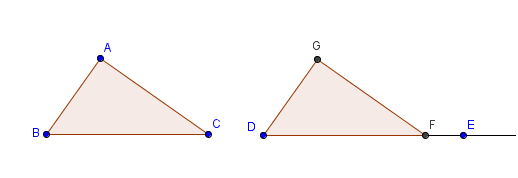Large Numbers and One Million
Large numbers are seldom used by ordinary people like us. Most of our lives, we only use numbers less than 100. We usually have 3-5 siblings, 5-10 friends, 30-40 classmates per academic year, 80 books.
Money is probably the first quantity that we count in thousands. A baseball or basketball game will usually attract several thousands of people. Pound for pound Kings Manny Pacquiao and Floyd Mayweather will most likely attract hundreds of thousands of spectators in an open field, but you would probably better stay home if you’ll be standing a kilometer away from the ring.
The latter two situations involve larger numbers than usual. Quantities larger than these are actually very hard to estimate unless we find a systematic way of counting. For instance, it is hard to estimate the number of persons attending a basketball game if we do not know the area of the stadium.
Our inability to handle large numbers comfortably gives us reasons to convert it to other units. If it’s hard to measure in meters, then we convert it to kilometers or miles. It is probably impractical to measure the area of Australia in square meters. » Read more


